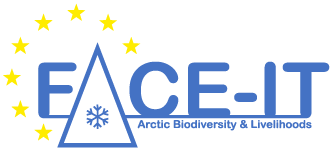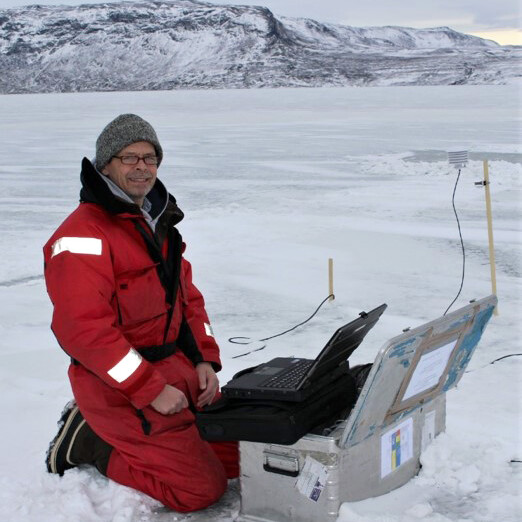A fjord with a land-terminating glacier: Meltwater, bio-optics, particulate matter, nutrients, phytoplankton species, and primary production in west Greenland
[Published 16 June 2023]
Scientific Publications
Abstract
Land-terminating glaciers and submarine melting of marine-terminating glaciers are significant features in Arctic regions and are foreseen to become more frequent as marine-terminating glaciers ultimately develop into a land-terminated state. A transition driven by the continuous rise in Arctic air temperatures, and emphasises the importance of studies of land-terminating glaciers their bio-optical properties and biogeochemistry. Kangerlussuaq in west Greenland with a land-terminating glaciers and was selected for this study. During a research cruise we measured spectral and PAR attenuation, particulate matter concentrations, salinity, nutrient concentrations, Chla, and phytoplankton species composition, along a transect from river outlet to open marine waters. Results showed that surface waters in Kangerlussuaq were strongly influenced by meltwater with low salinities, high particulate matter concentrations, high PAR and spectral light attenuation coefficients, and low nutrient concentrations. Spectral composition was also affected by the particulate matter. PAR photic depths varied between 4 and 9 m dependent on particulate matter concentrations. There was a decrease with distance from outlet in silicate concentrations, and opposite for phosphate, which increased significantly from river outlet to the marine. Phytoplankton species number (42) and diversity were high at the marine station but low (3) in turbid waters dominated by the diatom Skeletonema costatum in high numbers. A meltwater plume covered about 50 % of the Kangerlussuaq at average discharges in early August. Primary production was quantified with a simple model based on light attenuation coefficients, and showed a near exponential decrease in production with increase in attenuation.
FACE-IT Scientists:
Lars Chresten LUND-HANSEN
Arctic Research Centre, Aquatic Biology, Department of Biology, Denmark
Lars’ FACE-IT Projects
Role in FACE-IT:
• Leader "Ecosystem Function Changes"

